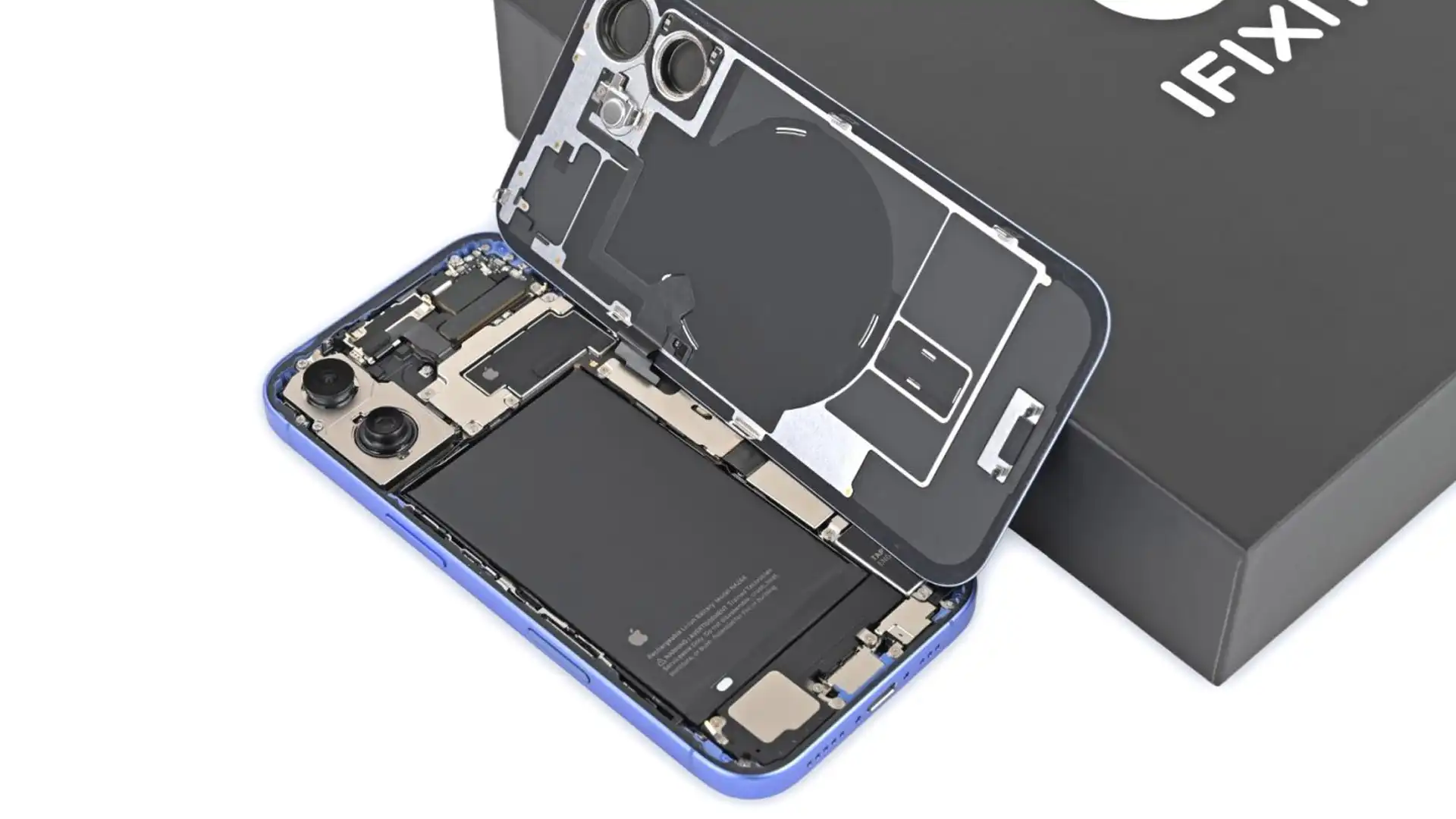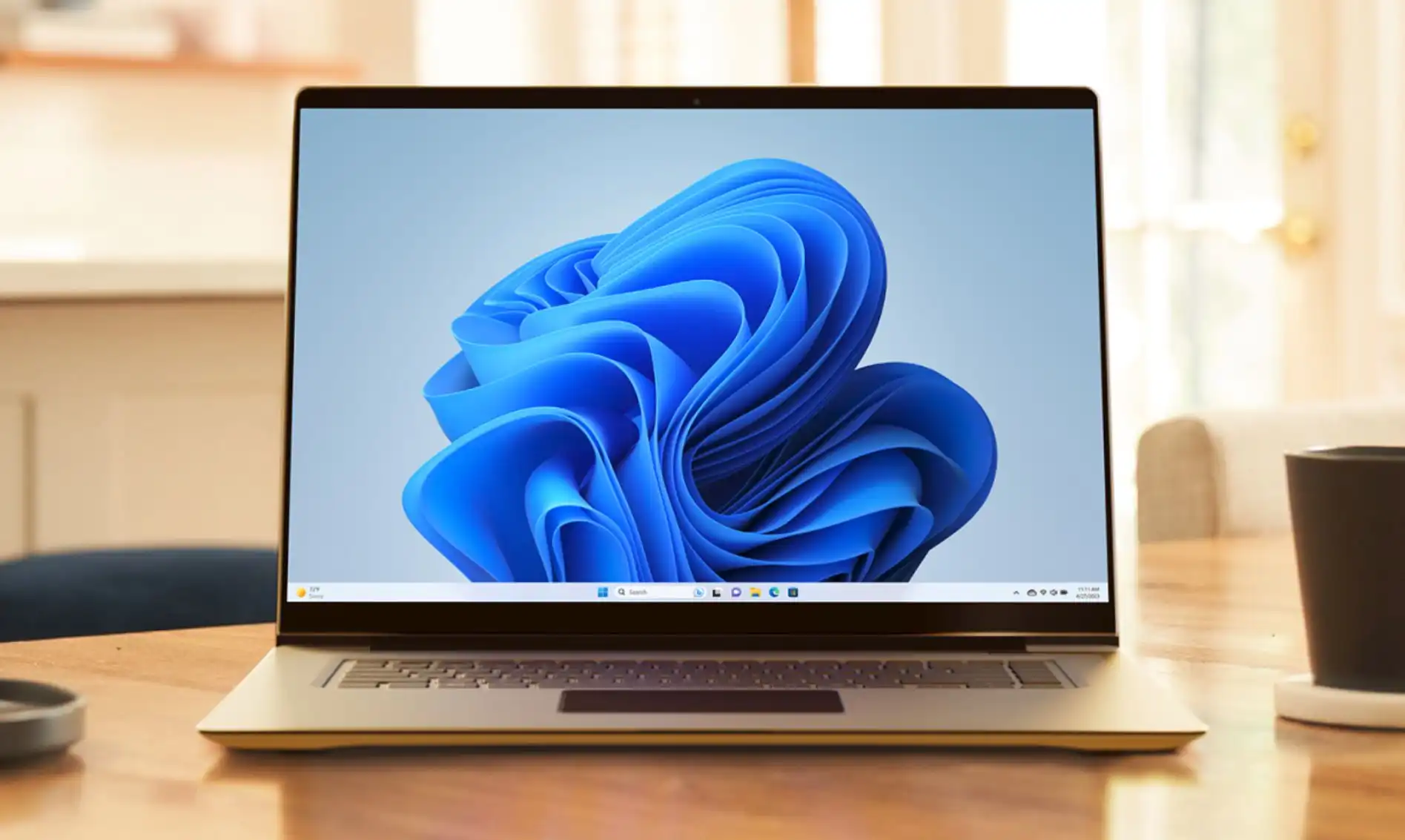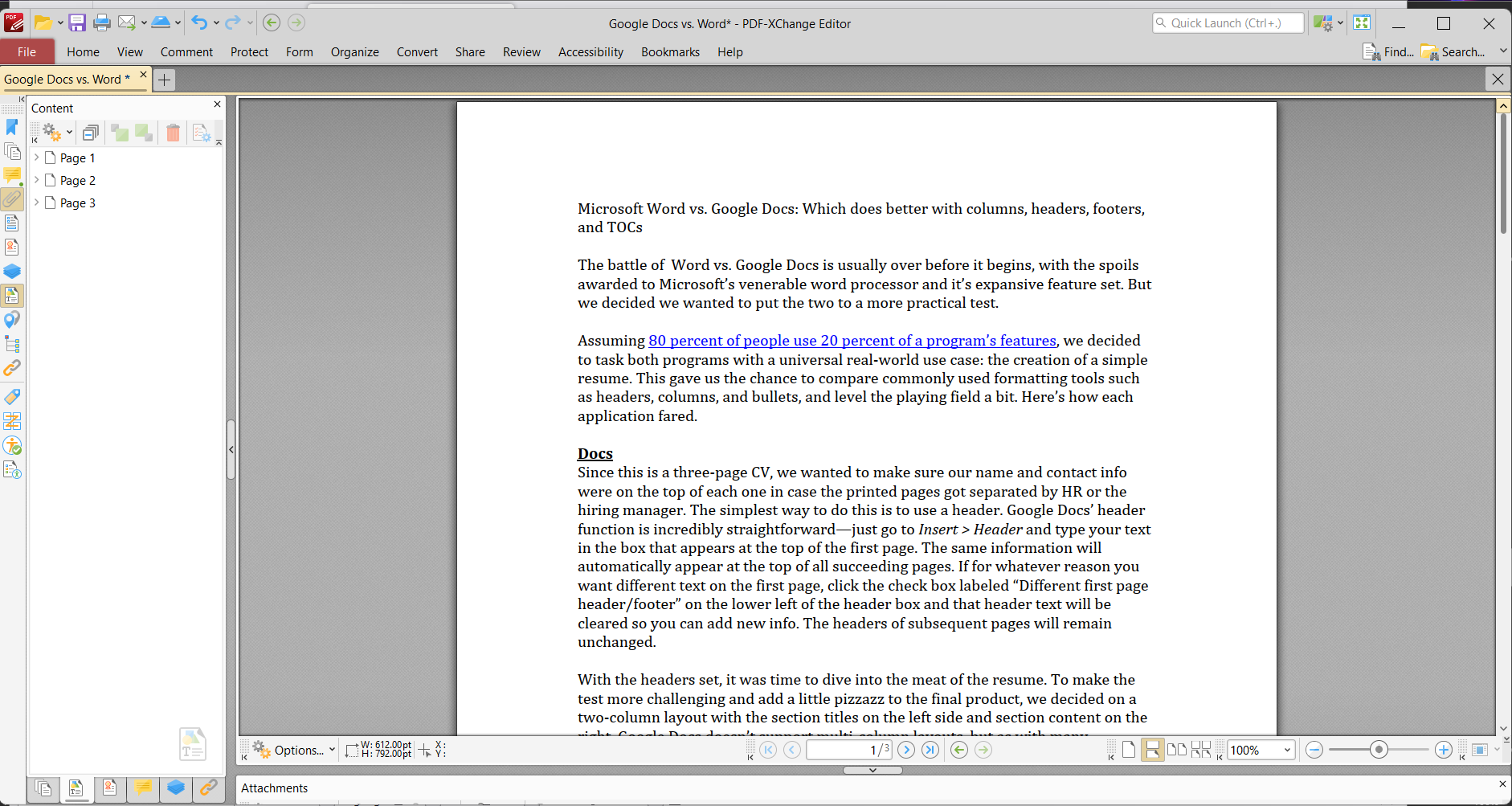Apple’s new glue makes it super easy, barely an inconvenience to remove the battery, no pull tabs or cutting ribbons requied.
Modern phones are a certified PITA to repair, thanks to ever-smaller and more complex components in thinner and thinner designs. A recent “innovation” has been plastic ribbons to cut through some of the glue holding batteries in place, with less-than-stellar results. But iFixit has found that the latest iPhones are surprisingly repairable thanks to some new glue that can be un-stickied with an electrical current.
According to the teardown video, the latest iPhones get some big internal redesigns affecting much simpler repairs in addition to improved thermal management. Getting into the phone isn’t easy — the same as any modern phone, with a couple of exceptions — requiring the company’s “Clampy” suction cup tool followed by leverage with several guitar picks. But once the rear panel is removed, it comes away with a couple of screws and a cable for wireless charging unplugged.
The really interesting bit starts at 2:36 in the video above. Instead of using pull tabs or a cutting ribbon, the new iPhones have a small bit of exposed plastic wrapping up and over the battery. If you run a small electrical current through it (while grounding the phone for safety), the adhesive behind the battery loses its stickiness. Sure enough, it comes out of the phone body with absolutely no residue.
This is a big deal. Removing a glued-in battery is a huge pain in most phones, amplified with some stress because a lithium-ion battery can be dangerous if it’s warped or punctured. Add in the fact that the battery will almost inevitably wear out in a phone if you don’t replace it in a few years, making it the most frequent component that needs repair along with broken screens.
Making battery replacements easy is a huge part of keeping phones sustainable, which is part of the reason it’s so frustrating to see phones like the Pixel 9 make it such an ordeal. iFixit, certified experts in phone repair, couldn’t get that phone’s battery out even with three people working on it at once, contributing to a 5 out of 10 repairability score. The iPhone 16 and 16 Plus get a 7 out of 10 — hardly amazing, but a considerable improvement. Most of the parts can be modularly replaced, though the FaceID camera system might not be so simple.
“With the exception of highly repairable devices like the Fairphone, I’m not sure we’ve ever had a battery repair process go so cleanly and so smoothly,” says iFixit’s Shahram Mokhtari.
I’ve repaired a few phones in my day, but haven’t tried in years because the process has just gotten too difficult as components get thinner and more fragile. This electrically deactivated glue is exciting, and I’d feel a lot more confident about replacing a battery myself knowing that it’s there.




